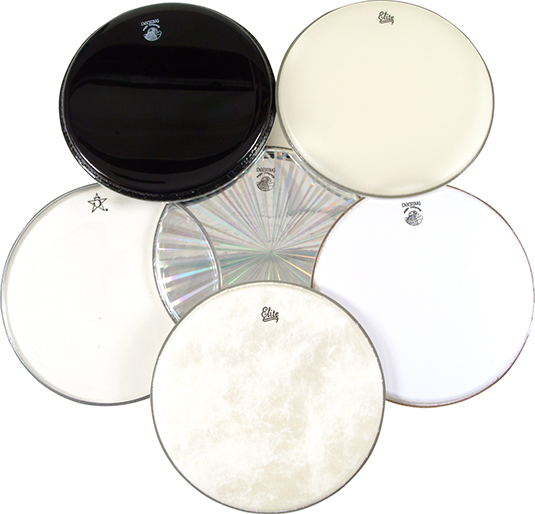Of all of the parts you can easily swap out and upgrade on your banjo, bridges and heads can make the biggest difference in sound. Your banjo is a combination of wood and metal held together with nuts, bolts, screws, and glue. Because it's much easier to exchange parts on a banjo than it is on a guitar or mandolin, it's not unusual for banjo players who like to tinker with things to try out different banjo parts in search of adding that extra edge to the sound of their instrument.
Bridges
The bridge is a piece of wood that sits on top of the head and transmits the vibrations from the strings to the head and the rest of the banjo. The tension of the strings is all that keeps the bridge pressed against the head. To replace the bridge, you simply loosen the strings, pull out the old bridge, and insert a new one. Mark in pencil where the old bridge is located before removing it from your banjo to more easily place your new bridge in the correct location.
A banjo bridge is traditionally made from hard maple with a strip of ebony glued to the top. These days, builders also offer bridges made from birch, teak, koa, rosewood, and other woods. Various kinds and densities of wood transmit the vibrations of the strings in different ways and can create noticeable changes in your banjo's tone. A bridge made from a dense wood that's lighter in weight makes your banjo sound brighter (but possibly more shrill), while a heavier and less-dense bridge adds bass (but perhaps takes away some clarity).
Banjo players look for just the right balance of weight and density to get the sound that they enjoy the best. However, beauty is in the ear of the beholder, and players experiment with many different kinds of bridges over time.

Replacement bridges come in a variety of heights, from 5/8-inch to 11/16-inch or more. Go with the same height in a replacement bridge as what's currently on your banjo unless you're interested in having slightly higher or lower string action. Acoustic retail outlets offer a wide variety of bridges in stock that range in price from $15 to $35. Don't forget to check out custom builders such as Frank Neat, David Wadsworth, Ronnie Bales, Silvio Ferretti (Scorpion), Gary Sosobee, Bart Veerman, and Rick Sampson, among others, for the finest of handmade bridges.
Heads
Look for the round, light-colored membrane that's stretched tightly over the banjo pot — that's the banjo head. The head is the main vibrating surface of the instrument and is largely responsible for the beautiful, mind-boggling, piercing tone that cries out banjo!
Every now and then, a head breaks and needs to be replaced, but players may also choose to install a particular kind of banjo head in order to get a different sound from their instrument.
Heads were made of animal hide up until the early 1960s when the plastics revolution took over the banjo world in the form of Mylar heads, which proved much more resistant to humidity change and to breakage. Most players now use plastic heads, which are also standard on most new instruments. However, many clawhammer and old-time banjo players and some bluegrass pickers prefer to go retro with a calf or goatskin head for that "organic," vintage sound.
Banjo heads come in varying thicknesses and also have different kinds of spray coatings on their surface, which significantly affect the banjo sound. Thicker plastic and heavier coatings give your banjo a more mellow tone, while heads with little or no coating brighten up your banjo. If you're more concerned with appearance, you can choose a clear head or any assortment of cool colors and designs. Read the fine print in product descriptions to determine how each kind of head will affect the sound of your banjo.

Banjo heads come in all kinds of diameters to accommodate the various sizes of banjo pots. If you're in the market for a new banjo head, be sure you purchase one that's the same size as the one you're replacing. It's a good idea to take your banjo with you to an acoustic specialty store to see your options and seek out professional advice. While you're there, ask whether the banjo repair person can swap out your banjo head while you wait. Watch him do his work and ask questions — then the next time you're in need of a head change, you can try it yourself.

